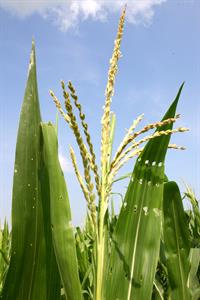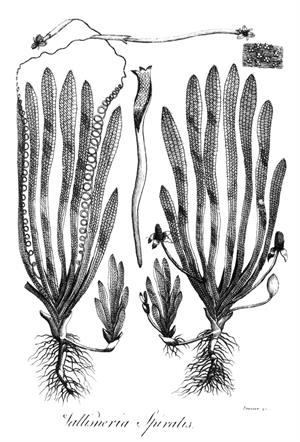
PUMPA - SMART LEARNING
எங்கள் ஆசிரியர்களுடன் 1-ஆன்-1 ஆலோசனை நேரத்தைப் பெறுங்கள். டாப்பர் ஆவதற்கு நாங்கள் பயிற்சி அளிப்போம்
Book Free DemoThe type of abiotic pollination in which pollination occurs by means of wind is known as anemophily and such flowers are known as anemophilous flowers.
- The anemophilous flowers produce massive amounts of pollen grains.
- The pollen grains of these flowers are small, smooth, dry and light in weight.
- The pollen grains of such flowers can travel a distance of more than \(1000\ Km\).
- The stigmas of the flowers are comparatively large, protruding and sometimes hairy to trap the pollen grains.
- In plants such as pine, the pollen grains are associated with wings which facilitate their movement with air.
Example:
Maple seeds and drumstick seeds (have wings), while the Madar or aak seeds (contains hairs). Seeds of grasses, maize, rice, cacti, pine and orchids are small and light.

From left to right: Madar seeds, Maple seeds and Drumstick seeds
Anemophilous pollination in maize:
- The flowers of maize plants are small in size and are clustered (inflorescence).
- The male inflorescence is grown at the apex of the plant and the female inflorescence is found at the base of the plant in the axil of the leaf.
- The anther of their flowers produce high amounts of pollen grains.
- When the anther matures, it bursts and the pollen grains are carried by wind.
- The female flower consists of a long style with feathery stigma which traps the pollen grains from air.

Wind pollination in maize
Hydrophily:
A type of abiotic pollination in which the pollen grains are carried by water from the anther of a flower to the stigma of a flower of another plant of the same species is known as hydrophily.
This type of pollination takes place in aquatic, submerged plants.
Characteristic features of hydrophilous flowers:
- These flowers are small and inconspicuous.
- The male and female flowers of these plants are grown on different. Hence, they are known as dioecious plants.
- They lack fragrance and do not produce nectar.
- These flowers produce large amounts of pollen grains.
- Their pollen grains have long, ribbon-like structure which facilitates their transportation in the current of water.
- These type of flowers are seen in Vallisneria, Hydrilla, etc.
Mechanism of pollination in Vallisneria:
- It is a dioecious, submerged plant.
- Their female flower has a long and coiled stalk.

Hydrophily in Vallisneria
- During pollination the stalk of the flower straightens so that the flower can rise above the surface of the water.
- After maturation the male flowers get separated from the plants and begin to float on the surface of water.
- The male flowers form a cluster around the female flowers.
- The matured anthers of the male flowers burst and the pollen grains adhere to the stigma of the female flower.
- The stalk of the female flower coils down after pollination and the flowers again submerge.
Reference:
https://en.wikipedia.org/wiki/Hydrophily#/media/File:Vallisneria_spiralis_Erasmus_Darwin_1789.jpg